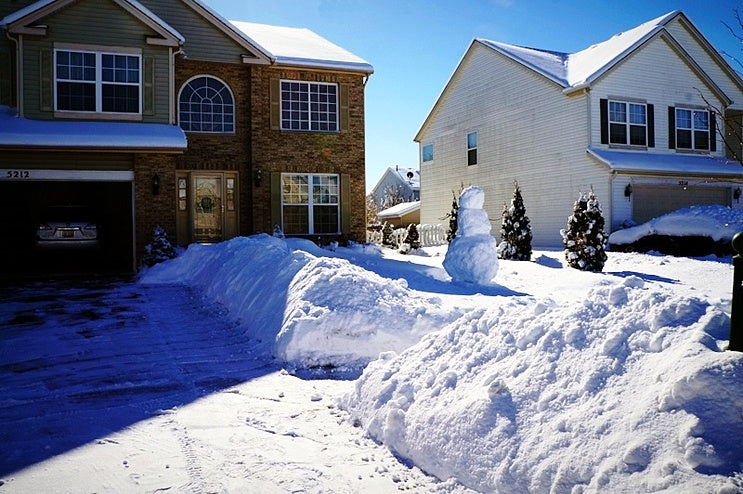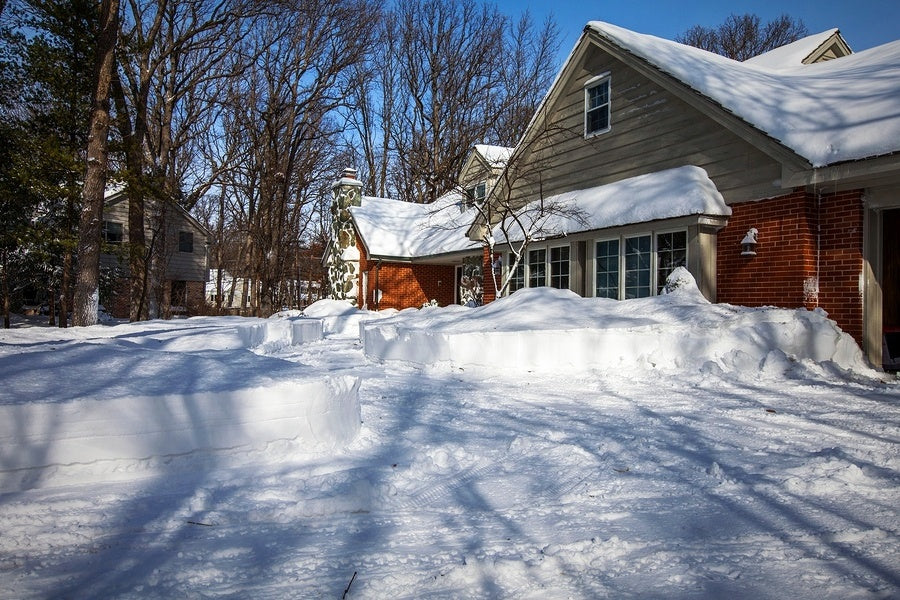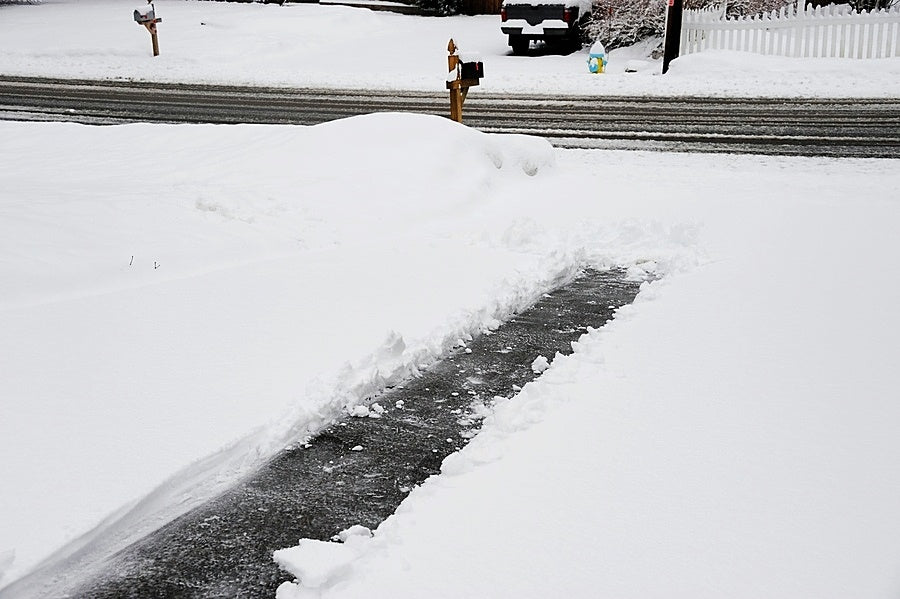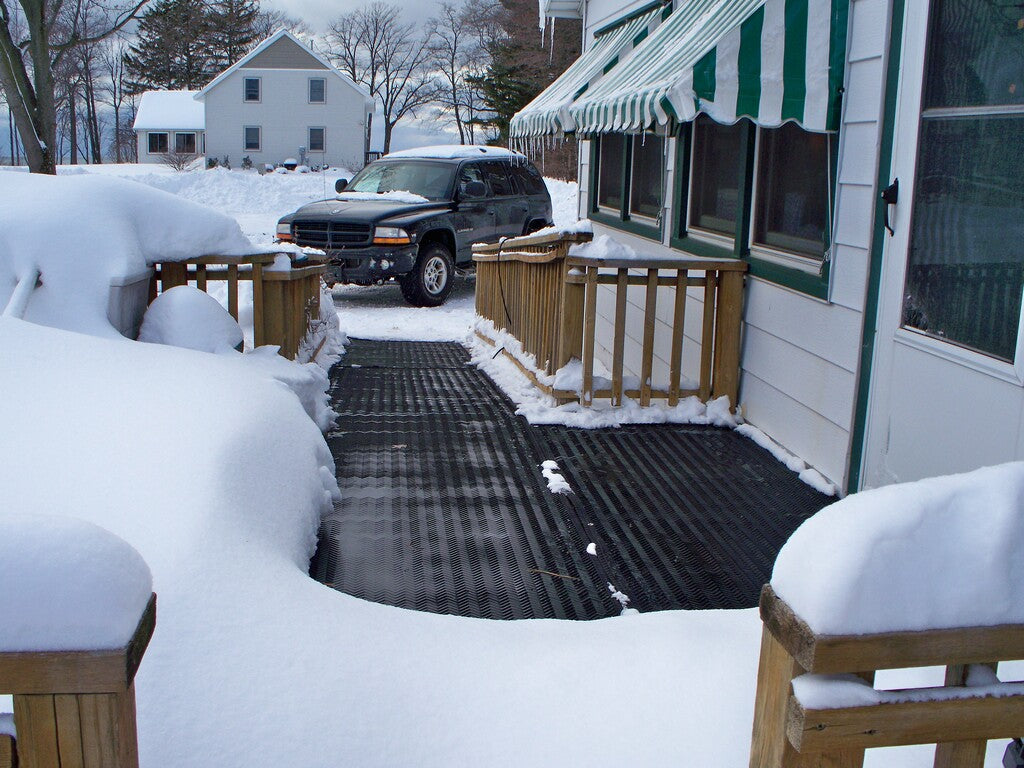- All posts
- Concrete
- Driveway
- electric heated mats
- Energy Efficiency
- Enjoy
- Hail
- Health
- Heated Driveways
- Heated Floor Mats
- Heated Mats
- Home Maintenance
- Ice
- ice dams
- Landscaping
- Liability
- Michigan
- Press + Praise
- Property Maintenance
- residential
- Roof
- Roofs
- safety
- salt
- Senior Safety
- Shoveling
- shovelling
- Slip and Fall
- Snow
- snow and ice management
- Snow and Ice Removal
- Snow Melting
- Snow Melting Mats
- Snow Removal
- Snow Removal Contractor
- Winter Car
- Winter Driving
- Winter Gardening
- winter prep
- Winter Safety

Getting Your Mats Ready for the Winter
Winter is right around the corner, and you can get ahead of it by preparing your snow and ice melting mats. These easy steps will help ensure you’re ready for that first snow day when it arrives.

The Benefits and Drawbacks of Heated Driveways
When it comes to heated driveways, there are both pros and potential cons of installing either an electric coil or hydronic heated driveway. Let's review them and also take a look at an exciting ne...

The Pros and Cons of a Heated Driveway
When winter arrives and your driveway is suddenly covered in snow and ice, you may find yourself longing for a heated driveway that could take the snow shovel out of your hand or eliminate the exp...

Are Heated Driveways Worth the Cost?
Many homeowners who live in regions with harsh, long winters have, at one time or another, considered installing heated driveway. The convenience of a heated driveway, in terms of time savings and...

Clearing Up Some Myths About Our Snow Melting Mats: 8 Questions You've Been Asking
As faithful blog readers know, we like to talk about anything and everything under the winter sun--how to prepare your home for winter, health concerns related to shoveling, hazards that the elder...

3 Questions You Need to Ask Before Buying Your Snow Melting Mats
It’s no secret that the past winter was one of the most devastating on the books. From property damages to stalls in businesses running effectively, chances are that you or someone you know was af...